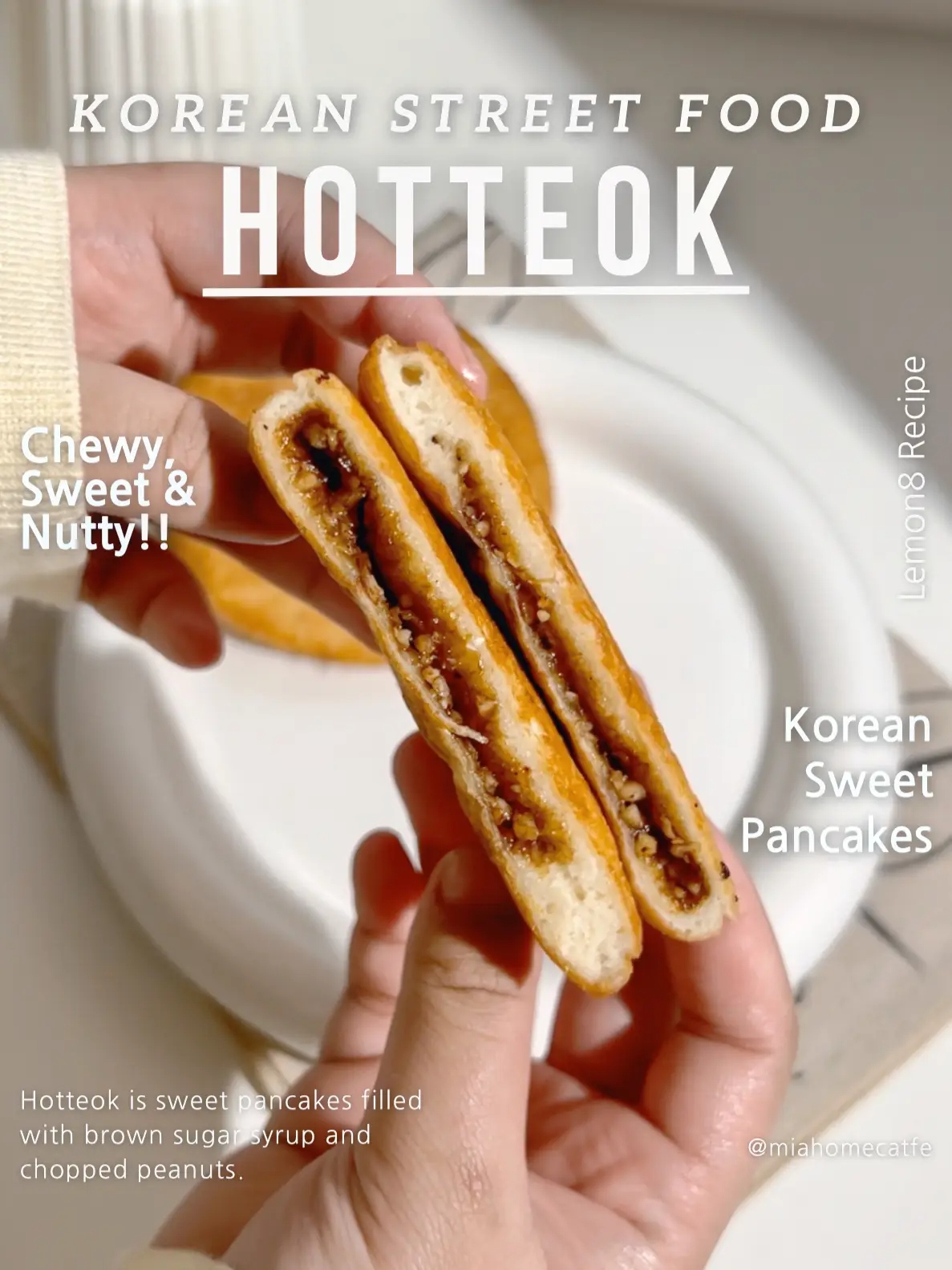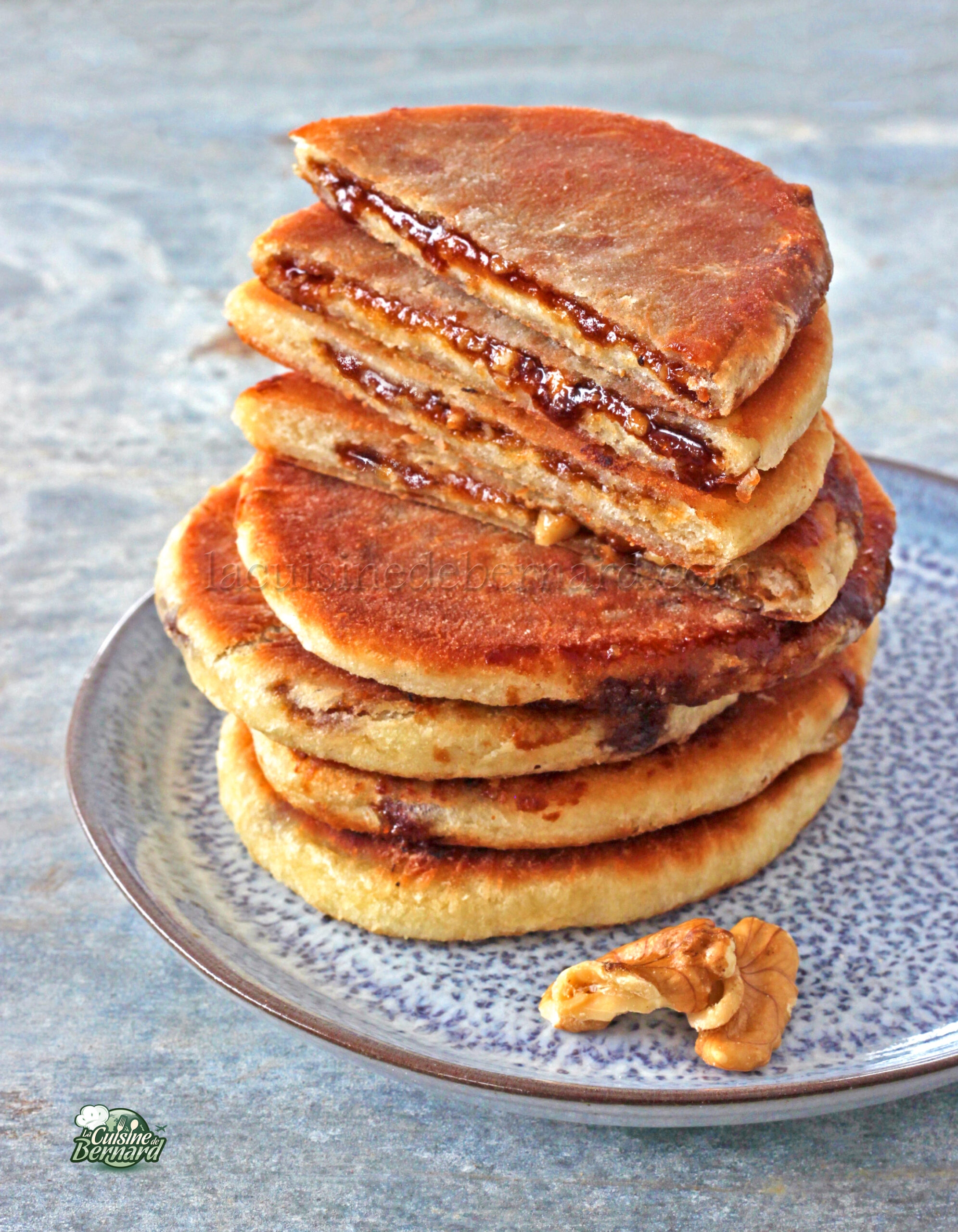
The Global Craze for K-Food: Hotteok
The Global Craze for K-Food! The Winter Snack That Foreigners Can’t Resist: Hotteok
Hello! Nice to see you all! Today, I’m excited to talk about the hot K-food trend these days. You know what? The perfect winter snack is Hotteok! Eating warm and chewy Hotteok makes you feel cozy inside and out. Foreigners have also fallen head over heels for this delightful treat! So, let’s explore the charm of Hotteok together!

The Rising Global Recognition of K-Food
In recent years, K-food has gained immense global recognition, drawing attention to Korean food culture worldwide. With the rise of social media and the influence of pop culture, Korean dramas, music, and food have been exposed to many foreigners. Especially with the popularity of K-pop artists like BTS, and various Korean dramas gaining international fame, interest in Korean food has surged. K-food is recognized for its uniqueness and health benefits, offering a variety of flavors and textures that capture the taste buds of many foreigners. This background extends not only to traditional Korean dishes but also to modern interpretations, with snacks like Hotteok gaining attention.

Introducing Korea’s Winter Snack Culture
Korea’s winter snack culture is filled with various foods that evoke warmth and coziness. One of the most popular winter treats is Hotteok, often sought after in the cold weather. Hotteok is a steamed bread filled with sweet red bean paste or other ingredients, making it a perfect warm snack for winter. Other representative winter snacks include roasted sweet potatoes, tteokbokki (spicy rice cakes), and traditional jjimjilbang (Korean sauna) snacks. This culture of winter snacks creates a warm atmosphere and provides cherished moments for families and friends to gather and enjoy together. These foods go beyond mere snacks, serving as a means of communication and comfort.

The Origin and History of Hotteok
The origin of Hotteok dates back to the Goryeo Dynasty, where it was loved as a convenient snack alongside kimchi. The early form of Hotteok was simple, but over time, various fillings were added, leading to its evolution. During the Joseon Dynasty, it became a snack for the nobility, and by the late 19th century, it became widely popular among common people. In the mid-20th century, it was actively commercialized as street food in cities, and now there are various types and adaptations. Hotteok has become an inseparable part of Korea’s winter landscape, leaving many warm memories for people. This historical background has allowed Hotteok to establish itself as a cultural heritage of Korea beyond being just a snack.
Various Types of Hotteok and Their Characteristics
Hotteok offers consumers a diverse experience with its various types and fillings. The traditional sweet red bean paste Hotteok is the most popular variety, characterized by its sweet and nutty flavor. Additionally, cheese Hotteok boasts a rich flavor with melted cheese, while kimchi Hotteok is loved for its spicy taste, making it a winter delicacy. Recently, many modern interpretations of Hotteok have emerged, reflecting different fruits or dessert flavors, which are also gaining popularity. These diverse options not only make Hotteok more appealing to consumers but also provide opportunities to explore new flavors.

The Charm of Hotteok Loved by Foreigners
The charm of Hotteok primarily stems from its warmth and deep flavors. Especially in the cold winter, eating hot Hotteok warms both body and soul. Foreigners are captivated by its soft texture and diverse fillings, viewing it as a valuable opportunity to experience Korean street food culture. Moreover, Hotteok is easy to enjoy on the go, making it a convenient choice. For younger generations, its attractive visual appeal makes it popular on social media, and eating Hotteok is seen as a new experience. Thus, Hotteok has become more than just food; it is a cultural experience.

Increasing Global Demand for Hotteok
In recent years, Hotteok has attracted attention in the global market beyond Korea. With the K-food craze, many foreigners are experiencing Hotteok and falling in love with its taste. Hotteok has gained fame through various dramas and entertainment shows, and it has been introduced as a Korean winter snack at international events. Moreover, the export of Hotteok is increasing through online shopping platforms, and it is being sold in food markets in several countries. Consequently, many companies are starting mass production and export of Hotteok, establishing it as part of the global market. This phenomenon positively impacts the globalization of Korean food and the expansion of cultural exchange.
Creative Cooking Ideas Using Hotteok
Hotteok is a versatile ingredient that can be utilized in various cooking ideas. For instance, a sandwich-style dish using Hotteok offers a convenient yet unique taste. You can cut Hotteok in half and fill it with various vegetables and meats for an easy lunch. Additionally, grilling Hotteok to add a crispy texture with even more diverse fillings is possible. Creating a Hotteok dessert with ice cream is also a creative idea, allowing you to enjoy the harmony of warm Hotteok and cold ice cream. These various uses promote the consumption of Hotteok and provide opportunities to explore new flavor combinations.

Cultural Exchange and Expansion Potential Through Hotteok
Hotteok carries meanings beyond just being food. It embodies Korean tradition and culture, serving as a great medium to introduce Korea to foreigners. By offering Hotteok at cultural events or participating in Korean food festivals, we can strengthen the cultural context of Hotteok. Additionally, by mixing it with foreign culinary traditions to create new Hotteok variations, opportunities for cultural exchange can arise. Through this process, Hotteok further establishes its value as a Korean winter snack, providing opportunities for various cultures to interact and understand each other.



